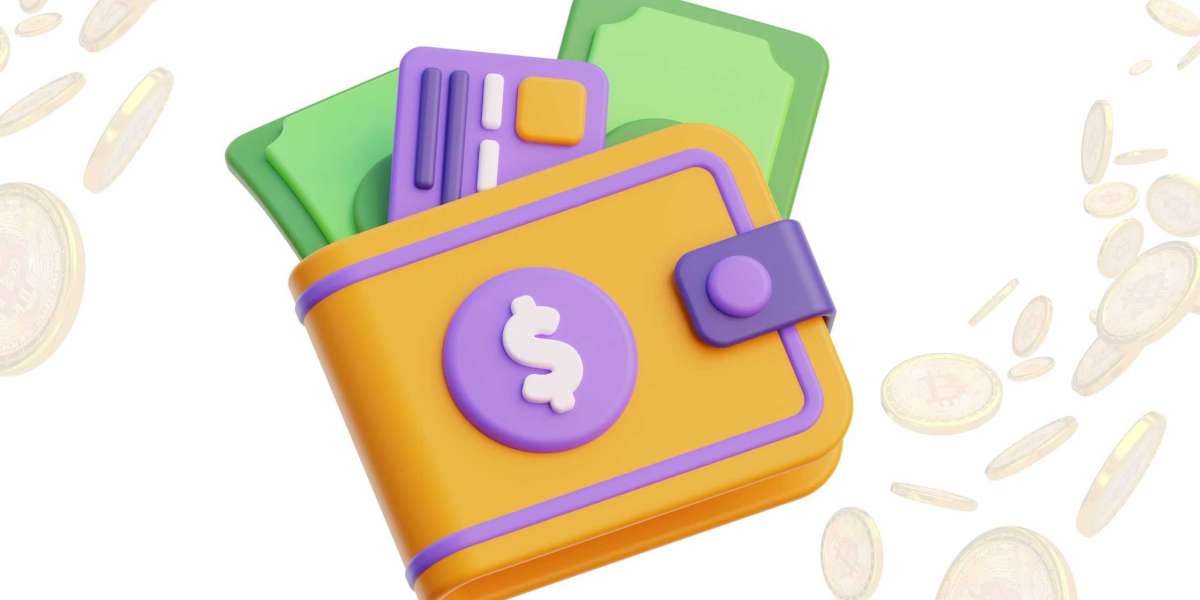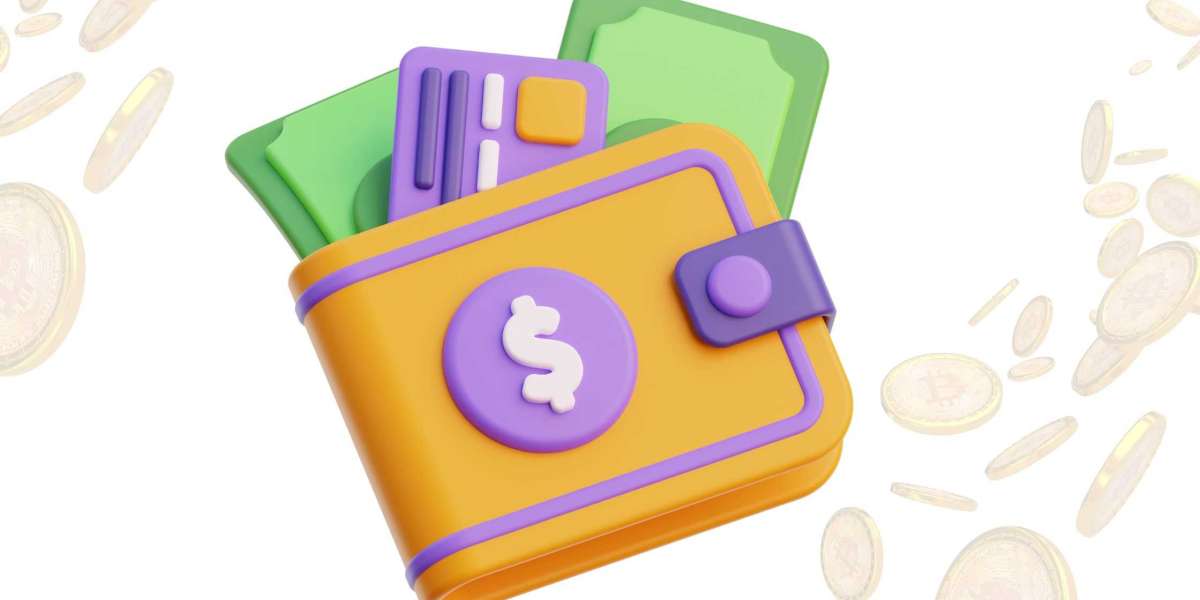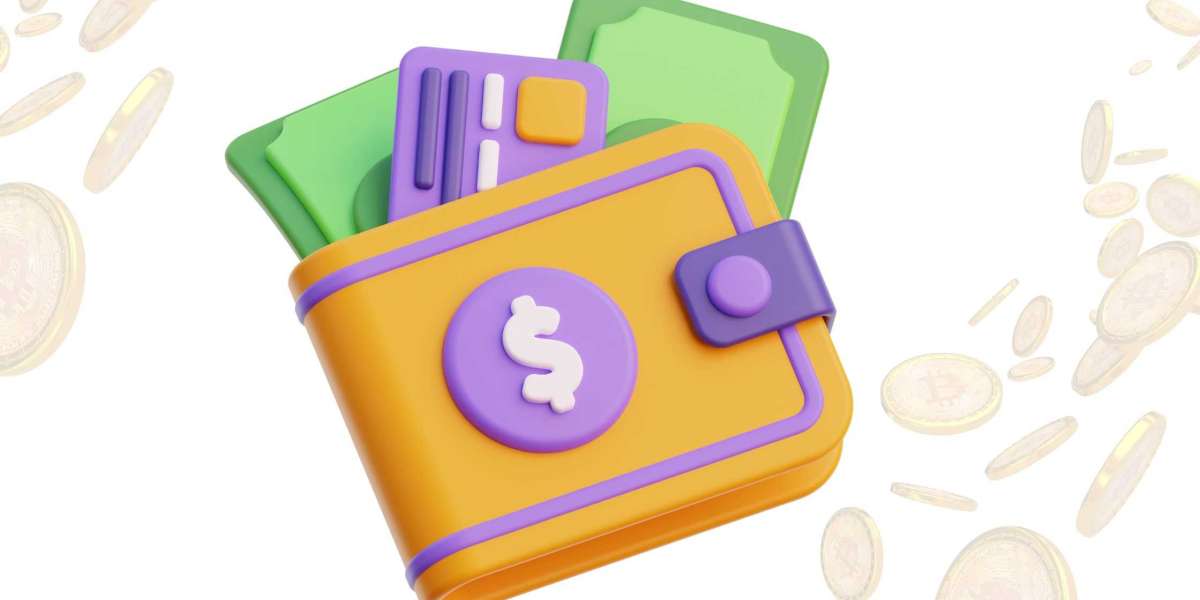The world of cryptocurrency has gained massive traction over the past decade. As more individuals and businesses enter the market, the need for secure, efficient, and user-friendly crypto wallets has increased. If you're building or planning to build a crypto wallet, choosing the right tech stack is one of the most crucial decisions you’ll make. A well-thought-out tech stack can define the security, performance, and scalability of your wallet application.
This article will walk you through how to choose the best tech stack for your crypto wallet by examining key factors such as security, usability, scalability, and ease of integration.
What Is a Crypto Wallet?
Before jumping into the tech stack selection process, it’s important to understand what a crypto wallet is. A crypto wallet is a digital tool that allows users to store, manage, and transfer cryptocurrencies. It can be software-based or hardware-based, and it interacts with blockchain networks to facilitate secure transactions.
Crypto wallets come in two main categories: hot wallets (connected to the internet) and cold wallets (offline storage). Each type requires different technological requirements, and this will influence the tech stack you choose.
Key Factors to Consider in Choosing the Right Tech Stack
When selecting the right tools for building your crypto wallet app development, there are several factors to keep in mind. These factors are essential for ensuring that your wallet meets the desired security, functionality, and performance standards.
1. Security
In the world of cryptocurrency, security is a top priority. Crypto wallets store private keys, which are the keys to accessing and transferring users' funds. If a wallet’s security is compromised, users could lose their assets, and the reputation of your wallet could be destroyed.
Several security features must be implemented in your wallet, including:
- Encryption: Ensure that all sensitive data, including private keys and transaction details, is encrypted both at rest and during transmission. Use robust encryption algorithms like AES-256 or RSA.
- Multi-Signature Support: Incorporating multi-signature (multi-sig) functionality adds an extra layer of security by requiring more than one private key to authorize a transaction.
- Two-Factor Authentication (2FA): This adds an additional level of protection when accessing or making transactions from the wallet.
- Hardware Security Modules (HSM): Using HSMs can store private keys and cryptographic operations securely on physical devices.
- Smart Contract Auditing: If your wallet interacts with smart contracts (especially in DeFi or NFT spaces), it's critical to audit the code to ensure there are no vulnerabilities that could be exploited.
Choosing a tech stack with built-in security features or allowing easy integration with trusted security frameworks can save time and reduce potential risks.
2. Blockchain Compatibility
Crypto wallets must be compatible with various blockchains, such as Bitcoin, Ethereum, Binance Smart Chain, and others. Some wallets only support a single blockchain, while others are designed to support multiple blockchains.
- Cross-Chain Support: If you want your wallet to work across different cryptocurrencies, you’ll need a tech stack that can handle multiple blockchain protocols. A multi-chain architecture can be complex to build, but it offers a competitive edge.
- Blockchain SDKs and APIs: Leverage available SDKs and APIs that are designed to facilitate blockchain interactions. For example, for Ethereum, you might use Web3.js or Ethers.js for smart contract interactions.
- Wallet Standards: Pay attention to wallet standards such as the BIP32 (Bitcoin Improvement Proposal), BIP44 (multi-asset support), and ERC-20 (Ethereum token standard). A good tech stack should provide support for these standards.
3. User Experience (UX)
A crypto wallet app should offer an intuitive and easy-to-navigate interface. Wallets need to cater to a wide range of users, from beginners to advanced traders. Your tech stack must allow you to create a wallet that feels natural and straightforward for all users.
- Responsive Design: Your wallet should work across different platforms (web, mobile, desktop). A responsive design ensures that users get the same experience on any device.
- Transaction Speed: If a wallet takes too long to process transactions, users may become frustrated. The tech stack should allow fast interaction with blockchain networks and speed up transaction processing.
- Error Handling: Proper error messages and simple troubleshooting options will help guide users when they face issues.
- Transaction Visualization: Graphical representations of wallet activity and transaction history can improve the user experience.
4. Scalability
As your crypto wallet gains more users, scalability will become an important consideration. A scalable tech stack ensures that the wallet performs well even as user volume and transaction frequency increase.
- Cloud Solutions: Cloud platforms like AWS, Google Cloud, or Microsoft Azure offer scalable solutions with high availability. These services help scale the backend infrastructure to accommodate growing users without sacrificing performance.
- Decentralized Ledger: If you’re planning to create a wallet with a decentralized ledger (DApp), ensure that your tech stack supports scalability through blockchain solutions like Layer-2 scaling solutions (e.g., Polygon, Optimism) or sharded blockchains.
- Load Balancing: Implementing load balancing techniques ensures that your wallet can handle large numbers of simultaneous users without issues.
5. Transaction Speed and Fees
The speed of transactions and associated fees is another critical factor. A slow wallet or one that charges high fees can drive users away.
- Low-Cost Transactions: Choose a blockchain protocol that offers low transaction fees, especially if your wallet will deal with a high volume of small transactions. For example, Binance Smart Chain (BSC) is known for lower fees compared to Ethereum.
- Transaction Pool Management: Your wallet should handle transaction pooling efficiently to minimize waiting times during periods of high blockchain activity.
- Transaction Finality: In the context of crypto, transaction finality refers to how quickly a transaction is considered irreversible. Low-latency blockchains can improve user confidence in your wallet.
6. Integration with Third-Party Services
Crypto wallets often need to integrate with various third-party services, such as payment processors, decentralized exchanges (DEXs), and fiat on-ramp providers. Your tech stack should allow for smooth integration with these services.
- APIs: Choose technologies that allow you to easily integrate external APIs, such as those for fetching exchange rates, market data, or connecting to liquidity providers.
- Payment Gateways: If you plan on allowing users to buy cryptocurrencies with fiat, integration with payment processors like Stripe, PayPal, or Coinbase Commerce is necessary.
- Web3 Integration: If you’re building a wallet for decentralized applications (DApps), ensure your tech stack supports Web3 interactions, allowing users to interact directly with smart contracts.
7. Development Speed
In the fast-moving world of crypto, time is of the essence. A tech stack should allow you to build, test, and deploy quickly.
- Frameworks and Libraries: Use proven frameworks like React or Angular for front-end development, and libraries like Web3.js or Ethers.js for blockchain interactions.
- Modular Architecture: Choose a stack that allows for a modular approach, enabling you to develop and update individual components of the wallet without disrupting the entire system.
- Automated Testing: Implement automated testing frameworks to reduce the time spent on manual testing. This can help with debugging and ensure that the wallet performs well in real-world conditions.
8. Compliance and Regulation
Regulations around cryptocurrencies are evolving, and your crypto wallet must comply with the necessary rules. Depending on the country or region, your wallet might need to implement specific regulatory features, such as:
- Know Your Customer (KYC): Implementing KYC to verify users’ identities for compliance with anti-money laundering (AML) laws.
- Anti-Money Laundering (AML): Integrating AML checks into your wallet can help prevent illicit activities.
- Tax Reporting: Some regions require wallet providers to help users track capital gains and taxes. Including tax reporting features can be valuable for users in those jurisdictions.
Popular Tech Stacks for Crypto Wallets
Here are some popular tech stacks that you can consider:
1. Frontend Development
- React.js / Angular: Both are excellent JavaScript frameworks for building responsive user interfaces.
- Redux: Use Redux for managing the application state efficiently, especially when dealing with complex data flows.
- Web3.js / Ethers.js: These libraries help your wallet interact with Ethereum and other blockchain networks.
2. Backend Development
- Node.js: A popular JavaScript runtime for building scalable, fast server-side applications.
- Express.js: A Node.js framework that simplifies backend development, especially for APIs.
- MongoDB / PostgreSQL: Both are scalable and efficient database solutions. MongoDB is a NoSQL option, while PostgreSQL is a relational database.
3. Blockchain Integration
- Solidity: For building Ethereum-based smart contracts.
- Rust: If you’re building a wallet for newer blockchains like Solana, Rust is the preferred language.
- Bitcoin Core: Use Bitcoin Core if your wallet focuses on Bitcoin, as it offers direct access to the Bitcoin blockchain.
4. Security Tools
- OpenSSL / NaCl: Libraries to implement robust encryption for data storage and transaction security.
- Auth0 / Firebase Authentication: For adding secure login features and two-factor authentication.
5. Deployment Cloud Solutions
- AWS / Google Cloud / Microsoft Azure: Use these cloud services for deploying your wallet's backend, ensuring scalability and security.
- Docker: Containerize your application to make deployment easier and more consistent.
Conclusion
Choosing the right tech stack for your crypto wallet is essential for delivering a secure, scalable, and user-friendly product. Prioritize security, scalability, and user experience while ensuring that the chosen technologies can support the necessary blockchain integrations. By focusing on the right tools and frameworks, you can create a crypto wallet that meets the needs of both users and the fast-paced cryptocurrency industry.









